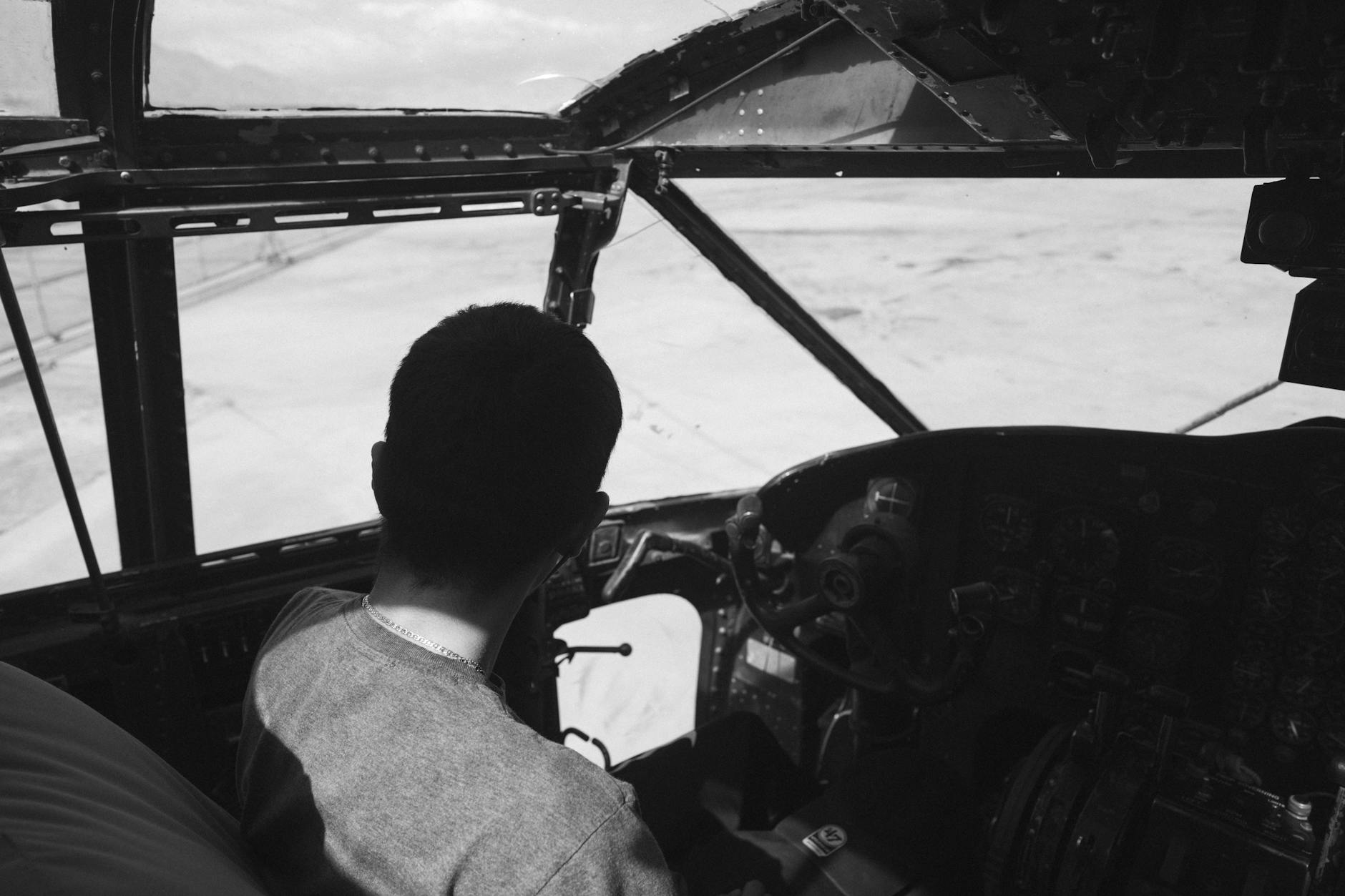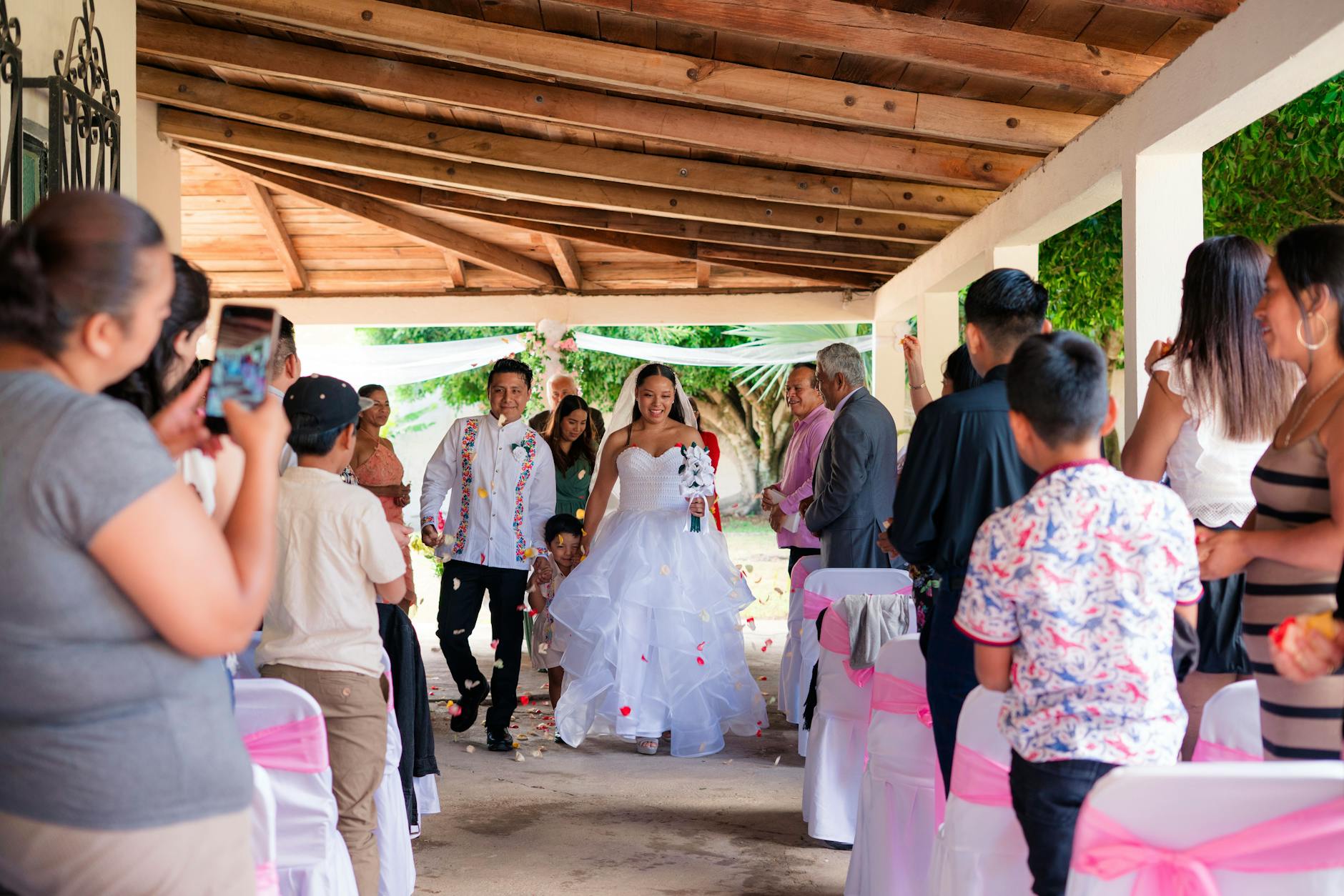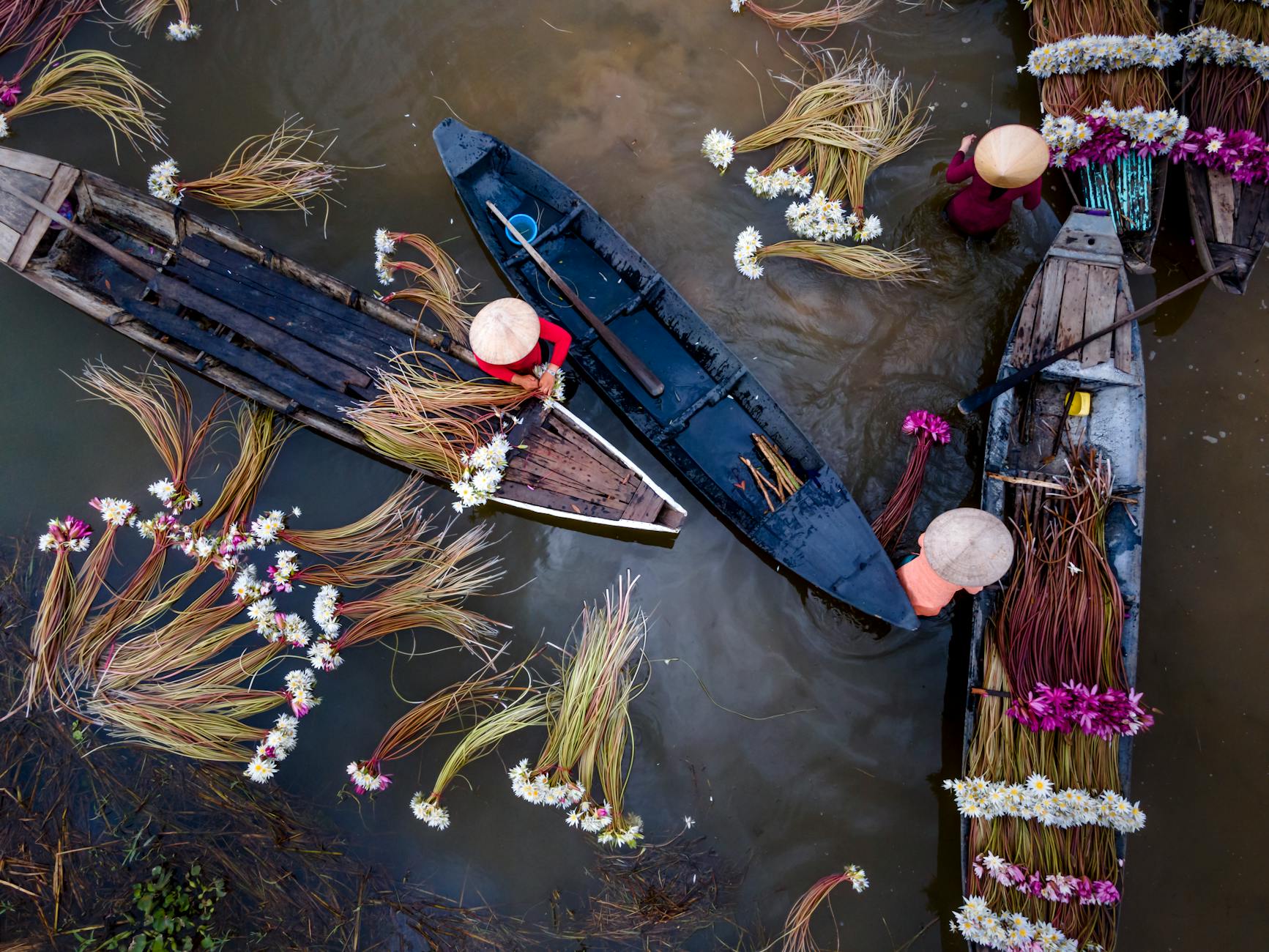A River of Contention: How a Tiny Amazonian Island Sparked a Diplomatic Firestorm Between Colombia and Peru
Santa Rosa de Yavarí, a speck of land thousands of miles from power centers, becomes the unlikely battleground for national pride and historical claims.
In the vast, verdant expanse of the Amazon, where rivers carve arteries through a continent and life pulses with an ancient rhythm, a dispute has surfaced that belies the tranquility of its setting. A tiny island, barely a whisper on the grand stage of South American geography, has become the epicenter of a brewing diplomatic storm between two nations: Colombia and Peru. Santa Rosa de Yavarí, a community of just 3,000 souls, situated more than a thousand miles from the marbled halls of Bogotá and Lima, now finds itself at the heart of a “war of words,” a clash of historical narratives, and a potent symbol of national sovereignty.
The island, a verdant patch of earth embraced by the mighty Amazon River, is more than just a geographical anomaly. For its inhabitants, it is home, a place of deep-rooted traditions and a precarious existence shaped by the ebb and flow of the river. For the governments of Colombia and Peru, however, Santa Rosa de Yavarí represents a tangible claim, a point on the map where historical treaties, cartographic interpretations, and national pride converge. The dispute, though focused on a seemingly insignificant piece of land, carries the weight of decades of unspoken tensions and the potential to ripple through the delicate diplomatic relations of the region.
This article delves into the complexities of this burgeoning conflict, exploring the historical underpinnings, the current diplomatic maneuvers, and the potential ramifications for both nations and the people who call Santa Rosa de Yavarí their own. We will examine the arguments presented by each side, analyze the geopolitical implications, and consider the various paths forward that could either de-escalate the situation or push it further into uncharted waters.
Context & Background: Charting the Uncharted Waters of Sovereignty
The Amazon River, a colossal entity that dwarfs human endeavors, has long been a natural border, a lifeblood, and a point of connection for the nations it traverses. However, in the intricate tapestry of international borders, even the mightiest rivers can leave behind ambiguities, particularly when it comes to the formation of islands that can shift with the currents and floods of time. Santa Rosa de Yavarí is such an island, its very existence a testament to the dynamic nature of the Amazonian landscape and, consequently, the complexities of border demarcation.
The dispute over Santa Rosa de Yavarí is not a sudden eruption but rather a rekindling of long-standing, albeit often dormant, territorial disagreements. Historically, border demarcations in South America were often drawn based on colonial-era treaties, maps that were sometimes imprecise, and the prevailing understanding of geographical features at the time. As river courses change and cartographic technologies advance, these early agreements can become subjects of reinterpretation and contention.
Colombia and Peru share a significant border, much of which is defined by the Amazon River and its tributaries. The precise delineation of this border, especially in areas with shifting riverbeds and numerous fluvial islands, has been a subject of careful negotiation and occasional disagreement for decades. The Santa Rosa de Yavarí island, situated in a strategic section of the Amazon, has emerged as a focal point for these underlying territorial sensitivities. The island’s small population, while central to its identity, also means that the dispute is less about controlling a large swathe of territory or significant resources and more about asserting a principle of sovereignty and historical precedent.
The roots of the current escalation can be traced to recent actions or statements by one or both governments that have brought the island’s status into sharper focus. While the specific trigger for this latest “war of words” is not detailed in the provided summary, it is plausible that it involves either the deployment of administrative personnel, the recognition of official structures on the island by one nation, or a public assertion of sovereignty that has been challenged by the other. These diplomatic skirmishes, often conducted through official statements, press releases, and ambassadorial exchanges, serve to underscore the deeply held positions of both nations.
In-Depth Analysis: The Geopolitical Currents of a Small Island
The significance of Santa Rosa de Yavarí extends far beyond its modest size and population. Its location, nestled within the vast Amazon basin, imbues it with a strategic value that transcends its immediate physical dimensions. For both Colombia and Peru, control over this island, however small, is a matter of national pride and a reflection of their commitment to their territorial integrity. The dispute, therefore, is not merely a legal or cartographical debate; it is deeply entwined with the geopolitical aspirations and historical narratives of both nations.
Historical Claims and Treaty Interpretations: The core of the dispute likely lies in differing interpretations of historical treaties and boundary agreements. South American borders were often established during periods of nation-building, with varying degrees of clarity and precision. Both Colombia and Peru will undoubtedly be referencing specific clauses, maps, and agreements from the 19th and 20th centuries to bolster their claims. The evolution of the Amazon River’s course over time can also play a crucial role, as islands that were once on one side of a demarcation line might, through natural processes, shift their allegiance to the other.
Symbolism and National Sovereignty: In international relations, territorial disputes, even over seemingly minor territories, can carry immense symbolic weight. For a nation, asserting sovereignty over every inch of its claimed territory is often seen as a fundamental aspect of its statehood and a demonstration of its strength and resolve. The dispute over Santa Rosa de Yavarí serves as a tangible reminder of these principles, prompting nationalistic sentiments and public pressure on governments to defend their positions robustly.
Economic and Strategic Considerations (Potential): While not explicitly mentioned in the summary, it is worth considering potential, albeit perhaps secondary, economic or strategic implications. The Amazon River is a vital waterway for trade and transportation. Control over islands within its course can sometimes offer advantages in terms of riverine access, navigation, or even the potential for future resource exploration, though the latter is less likely to be the primary driver for such a small island. Furthermore, any perceived encroachment on territory, however small, can set a precedent for future, potentially larger, territorial claims.
The Role of International Law and Diplomacy: The resolution of such disputes typically relies on principles of international law, including established treaties, customary international law, and the rulings of international courts or arbitration panels. The current “war of words” suggests a phase where diplomatic channels are being utilized, perhaps involving official communiqués, expert consultations, and attempts to negotiate a mutually acceptable solution. The success of these diplomatic efforts will depend on the willingness of both sides to engage in good faith and to prioritize a peaceful resolution over nationalistic posturing.
Impact on the Local Population: Crucially, the inhabitants of Santa Rosa de Yavarí are not mere pawns in a geopolitical game. Their lives, their livelihoods, and their sense of identity are directly affected by the territorial claims of distant capitals. The uncertainty surrounding their national affiliation can lead to administrative confusion, challenges in accessing public services, and a general sense of precariousness. Any resolution must ultimately consider the well-being and the right to self-determination of the island’s residents.
Pros and Cons: Navigating the Diplomatic Currents
The escalating dispute over Santa Rosa de Yavarí presents a complex web of potential outcomes, each with its own set of advantages and disadvantages for the nations involved and the region at large.
Colombia’s Position:
- Pros:
- Upholding National Sovereignty: A firm stance can reinforce Colombia’s commitment to its territorial integrity and deter potential future challenges to its borders.
- Historical Precedent: If Colombia possesses strong historical and legal claims supported by treaties, asserting them can be seen as a necessary defense of its national heritage.
- Regional Influence: A decisive handling of such a dispute can project an image of strength and influence within the South American geopolitical landscape.
- Cons:
- Strained Relations with Peru: An aggressive stance could significantly damage bilateral relations with Peru, impacting cooperation on other important issues such as trade, security, and environmental protection.
- Protracted Dispute: A rigid position might lead to a long and costly diplomatic or even legal battle, diverting resources and attention from other national priorities.
- Unintended Consequences for Locals: Aggressive actions could disrupt the lives of the island’s inhabitants, causing anxiety and instability.
Peru’s Position:
- Pros:
- Asserting Territorial Rights: Similar to Colombia, Peru’s strong stance would demonstrate its commitment to defending its sovereign territory and historical claims.
- National Unity: A perceived defense of national territory can often foster national unity and garner public support for the government.
- Preventing Precedent: By contesting Colombia’s claims, Peru may aim to prevent a precedent that could be used in future territorial discussions.
- Cons:
- Damaged Bilateral Relations: An overly assertive approach could similarly harm relations with Colombia, impacting broader regional cooperation.
- Escalation Risk: A confrontational stance carries the risk of escalating the dispute beyond diplomatic channels, potentially leading to more serious implications.
- Legal and Diplomatic Costs: Defending a claim through extensive legal or diplomatic processes can be time-consuming and resource-intensive.
Potential Outcomes:
- Diplomatic Resolution: The ideal outcome where both nations find common ground through negotiation, potentially involving joint administration, a revised border demarcation, or arbitration.
- Legal Arbitration: Submitting the dispute to an international tribunal or court for a binding legal decision.
- Protracted Stalemate: A continuation of the “war of words” without a definitive resolution, leading to ongoing diplomatic friction.
- Minor Border Incidents: In a worst-case scenario, heightened tensions could theoretically lead to minor, localized confrontations, although this is less likely in such a well-established diplomatic framework.
Key Takeaways
- A territorial dispute has erupted between Colombia and Peru over the small Amazonian island of Santa Rosa de Yavarí, inhabited by approximately 3,000 people.
- The island’s location, over a thousand miles from both national capitals, highlights the vastness and complexity of the Amazon basin and its impact on border definitions.
- The core of the dispute likely stems from differing interpretations of historical treaties and cartographic evidence concerning border demarcations in the Amazon River.
- Beyond the physical land, the island holds significant symbolic value for both nations, representing national sovereignty, territorial integrity, and historical claims.
- The “war of words” indicates a diplomatic engagement, with both countries publicly asserting their positions and potentially challenging the other’s claims.
- The resolution of the dispute will likely involve diplomatic negotiations, adherence to international law, and consideration of the well-being of the island’s residents.
- Potential outcomes range from a mutually agreed-upon diplomatic solution to protracted legal battles or ongoing diplomatic friction.
Future Outlook: Charting a Course for Resolution
The trajectory of the dispute over Santa Rosa de Yavarí hinges on the diplomatic acumen and political will of both Colombia and Peru. Several pathways lie ahead, each carrying different implications for regional stability and bilateral relations.
One likely scenario involves intensified diplomatic engagements. This could manifest through high-level meetings between foreign ministers, expert commissions tasked with re-examining historical documents and cartography, and potentially the appointment of special envoys. The goal would be to find a mutually agreeable interpretation of the border or to negotiate a new understanding that respects the historical claims of both nations while ensuring the well-being of the island’s inhabitants.
Another avenue could be the recourse to international legal mechanisms. If diplomatic efforts falter, either nation might propose submitting the dispute to international arbitration or a judicial body, such as the International Court of Justice. This would involve a formal legal process where both sides present their cases, and a binding decision would be rendered. While providing a definitive resolution, such processes can be lengthy and complex, and their outcome is not always predictable.
A less desirable, though still possible, outcome is a continuation of the current diplomatic impasse. The “war of words” could persist without a clear resolution, leading to lingering tensions and a dampening of broader bilateral cooperation. This scenario would likely involve continued assertions of sovereignty by both sides, with neither nation willing to cede ground, creating a low-level but persistent source of friction.
Crucially, the future outlook must also consider the human element. The people of Santa Rosa de Yavarí are at the heart of this geopolitical debate. Any resolution that does not adequately address their needs, their rights, and their sense of belonging would be incomplete. Future engagements will need to prioritize open communication with the local community, ensuring their voices are heard and their concerns are taken into account as the border dispute unfolds.
The international community, particularly neighboring South American nations and regional organizations like UNASUR (Union of South American Nations) or the OAS (Organization of American States), may also play a role in encouraging dialogue and facilitating a peaceful resolution. Their involvement could provide a neutral platform for discussion and offer mediation expertise.
Call to Action: Diplomacy, Dialogue, and the Human Dimension
The dispute over Santa Rosa de Yavarí serves as a potent reminder that even in the age of globalization and interconnectedness, territorial disputes can ignite significant diplomatic friction. While the specifics of the historical claims and legal arguments remain to be fully elucidated, the core issue revolves around national sovereignty and the interpretation of legacy agreements in a dynamic geographical environment.
For the governments of Colombia and Peru, the path forward demands a commitment to measured diplomacy, open dialogue, and a genuine effort to find common ground. The current “war of words” must be channeled into constructive negotiations, prioritizing a peaceful and mutually acceptable resolution over nationalistic posturing. This requires a willingness to listen, to understand the historical narratives and legitimate concerns of the other side, and to explore all available avenues for compromise.
Furthermore, it is imperative that the human dimension of this dispute is not overlooked. The 3,000 inhabitants of Santa Rosa de Yavarí deserve clarity, stability, and the assurance that their lives and livelihoods will not be disrupted by interstate disagreements. Any resolution must be grounded in respect for their rights and their connection to the land they call home. Governments should actively engage with community leaders, ensuring their perspectives are integral to the decision-making process.
As journalists and observers, we must continue to follow this unfolding situation with a critical eye, seeking to understand the complexities and to report on the developments accurately and impartially. The international community also has a role to play, not in taking sides, but in encouraging the adherence to international law and facilitating peaceful conflict resolution. The Amazon is a shared heritage, and the peaceful navigation of its borders is a shared responsibility.
Ultimately, the future of Santa Rosa de Yavarí and the relationship between Colombia and Peru will be shaped by the choices made in the coming weeks and months. The hope is that wisdom, restraint, and a deep respect for international norms will prevail, transforming a river of contention back into a river of shared understanding and cooperation.














